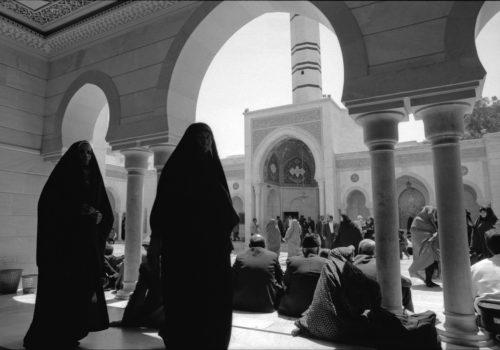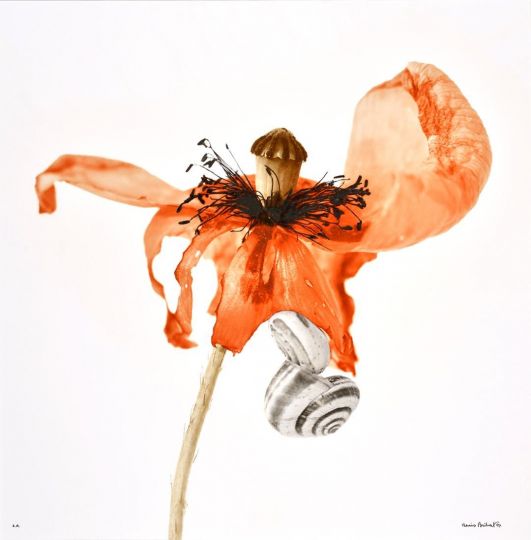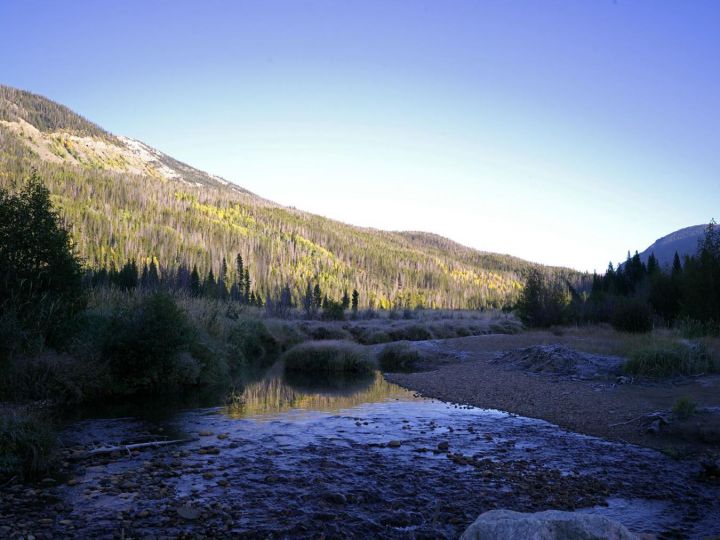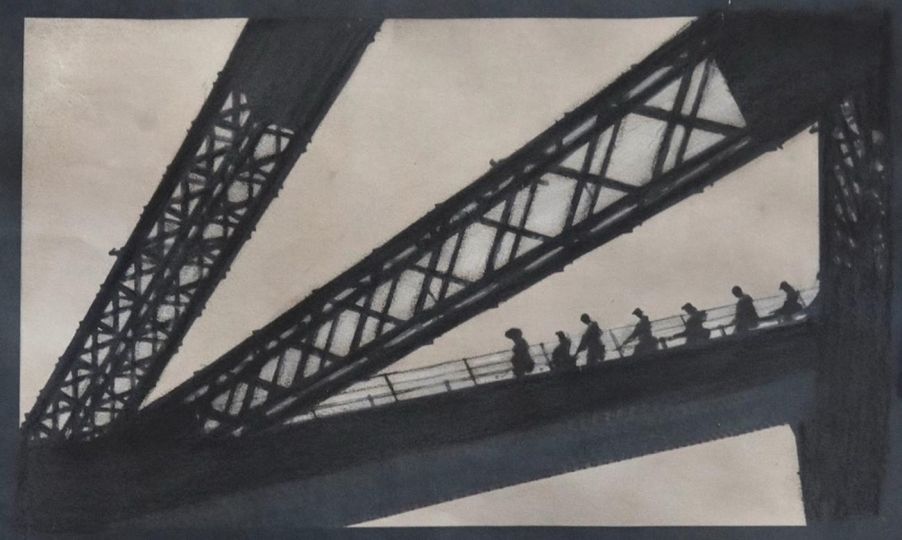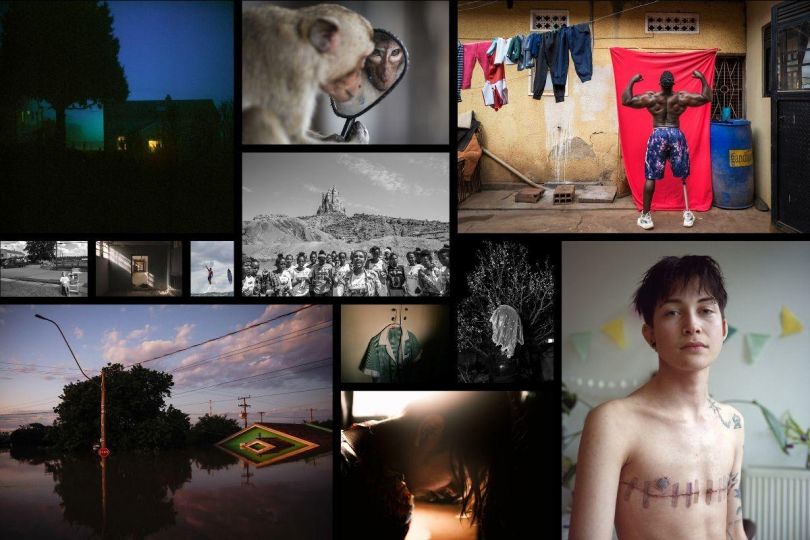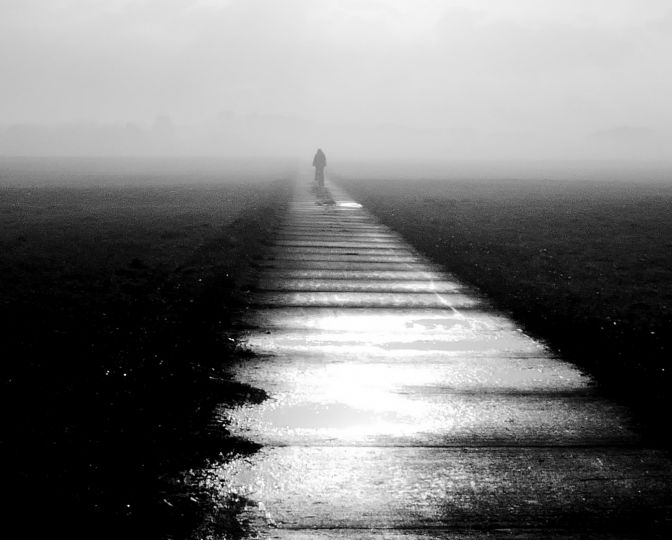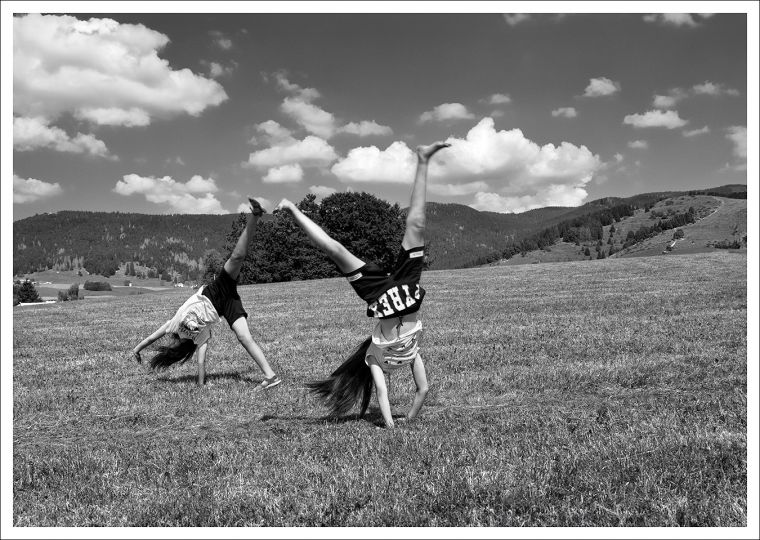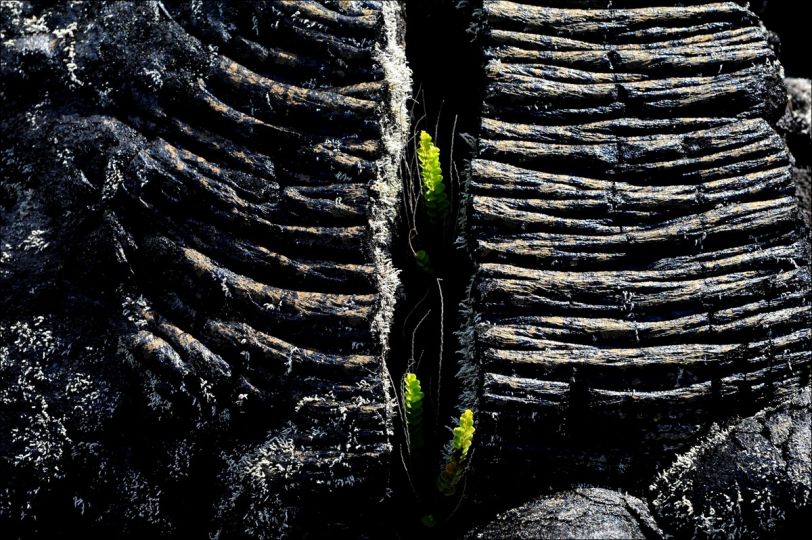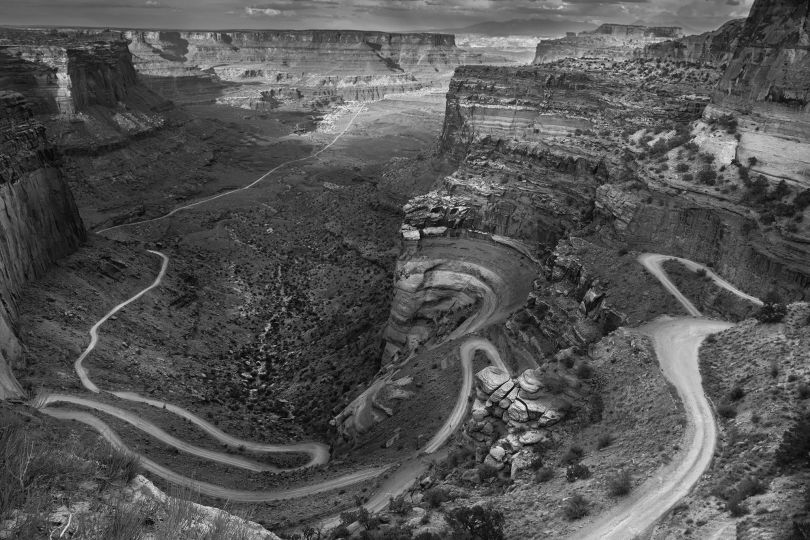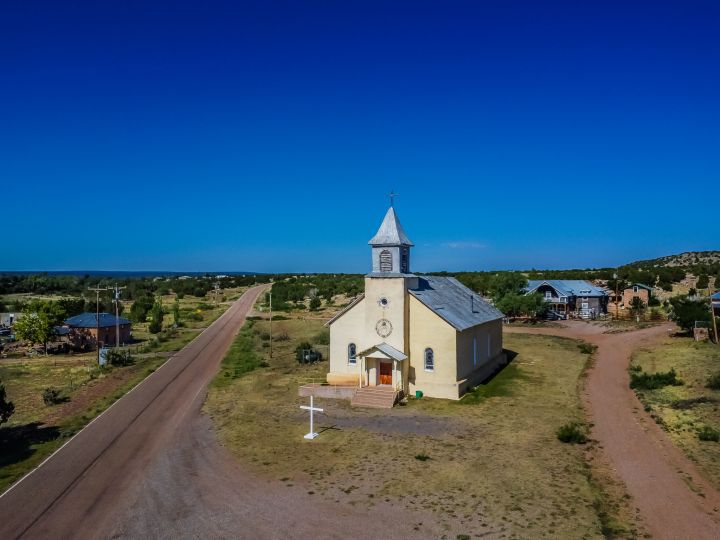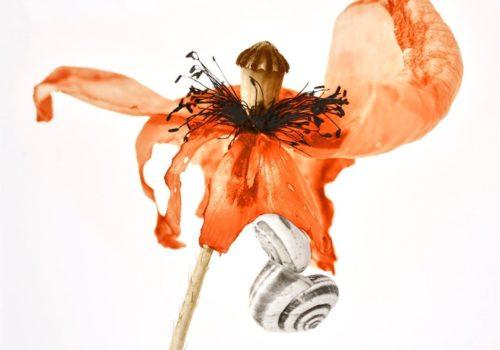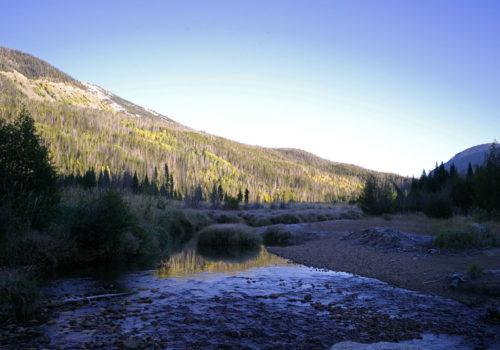Country on hold
Aleppo and Damascus, two cities that I had the opportunity to discover in 1996, are emblematic of this country that is home to one of the oldest civilizations. Although Syria was occupied by the French for 26 years, the Syrians have managed to preserve their sense of hospitality. Their delicate and aromatic cuisine leaves an unforgettable memory, as do their smiles, despite the omnipresent presence of the portrait of Hafez El Assad on every street corner.
The Al-Madina souk in Aleppo, populated by men on donkeys, transported me, almost as if in a fiction, to the time of Jesus Christ entering Jerusalem. These stalls, full of animal skins, spices and soaps sold for generations, seemed frozen in time.
Damascus, with its majestic Umayyad Mosque, has remained a place of worship, meetings and life since the 8th century, as have its hammams, which have hosted communal baths for twenty-five centuries. Its cafés, where men would gather to smoke hookah, could sometimes be the scene of hasty departures when the police arrived.
What has become of these faces, these merchants, these women and children who became men and soldiers, probably disappeared during the years of war and dictatorship? What remains of these peaceful gardens where the murmur of fountains could be heard, of the houses adorned with finely decorated courtyards from which rose the scent of lemon trees?
Twenty-eight years later, a new page of history is being written. What future awaits this people who have already been so tried? Can we hope for a better future for this country so beautiful and authentic, or simply a truce?
I dedicate these photos to the Syrians I met and to all those who still have hope of one day returning to those bustling streets of Aleppo and Damascus, populated by shoe shiners, street water vendors and Bitta Raghif (Syrian bread).
Nathalie Tirot

